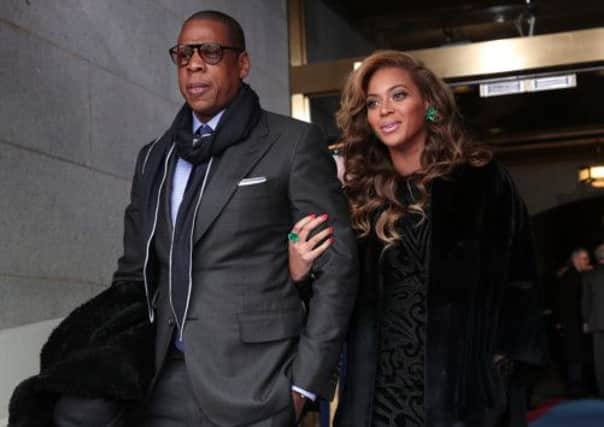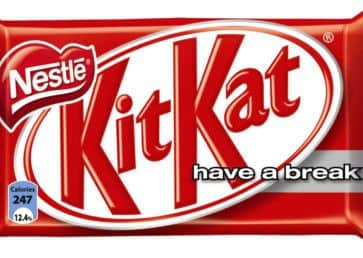Understanding tricks of the trade mark


Speculation over the royal baby’s name led to one of the biggest-ever flurries in novelty betting. Yet for William and Kate, it was no novelty; choosing a name is a daunting and crucial task for any new parent.
The same goes for the start-up of a business or launch of a new brand – getting the right name can be instrumental in a venture’s success or failure, as can getting appropriate legal protections for that name and brand in place.
Advertisement
Hide AdAdvertisement
Hide AdPop culture is taking a firmer hold in our society. With our appetite for all things celebrity growing, some shrewd VIPs have realised the value and business potential not only in their own names, but those of their children.


Cashing in
When Beyoncé and JAY Z named their daughter Blue Ivy Carter, an application to register a trade mark of the name quickly followed.
The couple are well down the road of being granted that trade mark registration in the US: the next step is to prove within three years that they are using the trade mark for the purposes sought, namely the production of various retail items.
This has, however, proved challenging, with opposition from a wedding planning business with the same name. In addition, several New York fashion houses spotted the potential for cashing in on the couple’s celebrity status and made their own trade mark applications within days of the baby’s birth.
As this example and all the cyber-squatting cases over the years show, others will be very quick to try and jump on an opportunity to make money from someone else’s names and ideas.
An important task for brand owners is to look into the options for getting a registered trade mark for its name and logo. As tasteless as their actions may be to some, businesses should consider taking a leaf from Kanye West and Kim Kardashian’s book. They were reported to have decided on their daughter’s name being North West and filing applications to register it as a trade mark months in advance of the birth amid plans to launch a clothing line sharing her name.
Trade mark protection in the UK is granted by the Intellectual Property Office (IPO) for signs which distinguish goods and services from those of others and can apply to words, logos, sounds, shapes, colours and a variety of other things.
A trade mark registration gives the owner the right to prevent competitors from using the same (or a similar) mark for the same or similar products and can be renewed indefinitely. Trade marks are not usually capable of registration if, amongst other things, they describe the goods or services or any characteristics of them; have become customary in their line of trade; are not distinctive; or are functional shapes.
The value of trade mark protection
Advertisement
Hide AdAdvertisement
Hide AdThe big hitters in the business world certainly appreciate the value of trade mark protection. Just this month, the IPO dismissed an application by Nestlé for a trade mark for the shape of its four-fingered Kit-Kat bar, following opposition by Cadbury.
Nestlé already enjoys trade mark protection for the Kit-Kat name and its famous slogans. If they had obtained trade mark protection for the chocolate bar’s shape, that would have prevented its competitors from making chocolate bars in the same shape, a fact that was not lost on Cadbury.
The application failed in relation to chocolate products, sweets and biscuits as the shape of the bar, in itself, wasn’t enough for consumers to identify the producer and had a technical purpose, being needed to break the bar into sections.
Specifically, the IPO felt that 1, the shape was not distinctive as it is commonly found in chocolate bars; 2, the shape of the product couldn’t be for aesthetic design as Nestlé had claimed as consumers don’t see the shape until they have opened the packaging; 3, the fact that the bar is designed to be broken up and eaten is a technical function, a fact which Nestlé promotes through its trade mark protected slogans; and 4, although consumers would associate the shape with Kit-Kat, they wouldn’t rely on the shape to distinguish the trade source of the bar.
Of course trade mark protection is only one of the forms of intellectual property protection available for a brand.
The message to take away is this; getting the right protection in place can have a big impact on the success of a brand and set it apart from its competitors.
• Pamela Abbott is a solicitor with CCW Business Lawyers